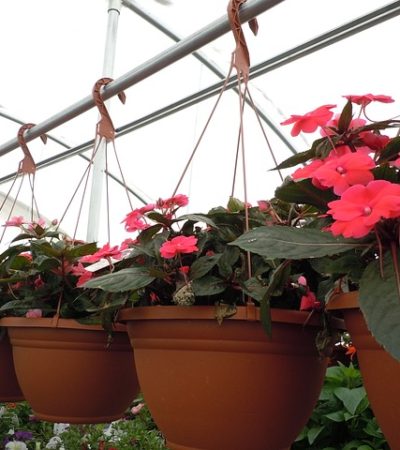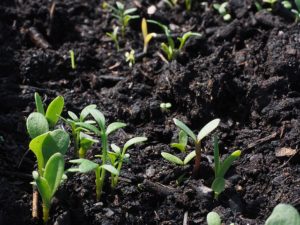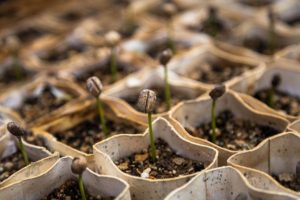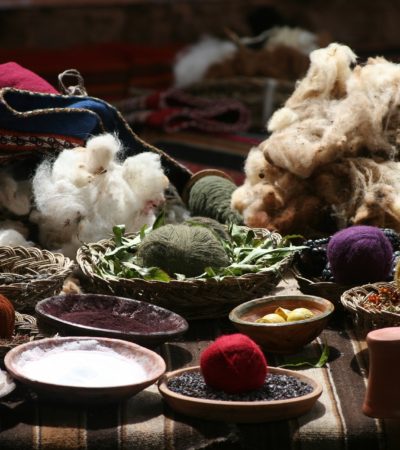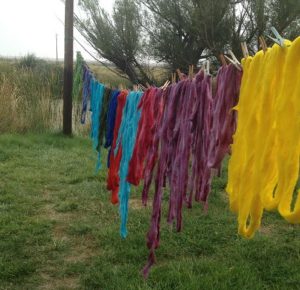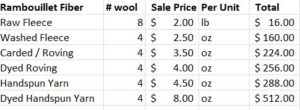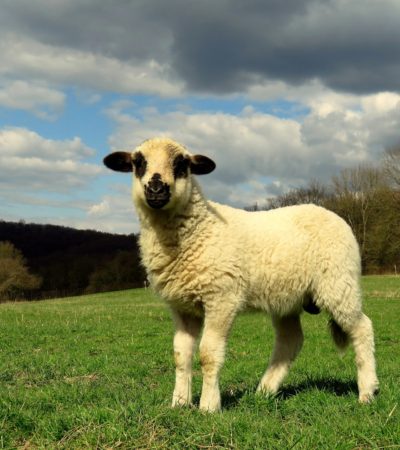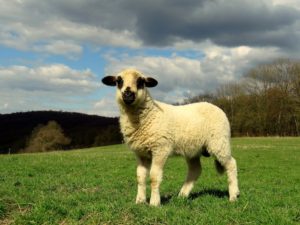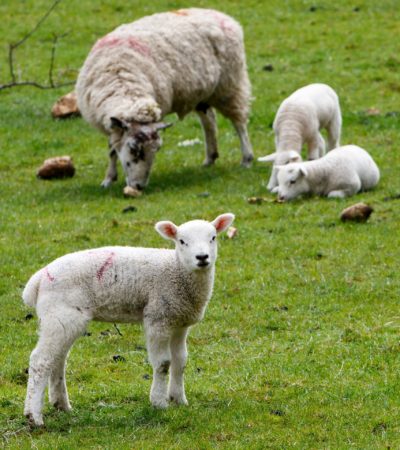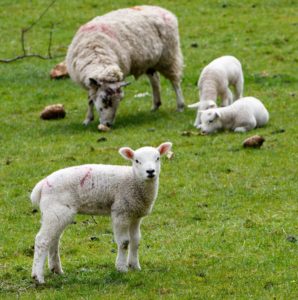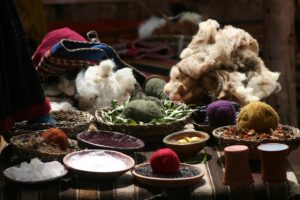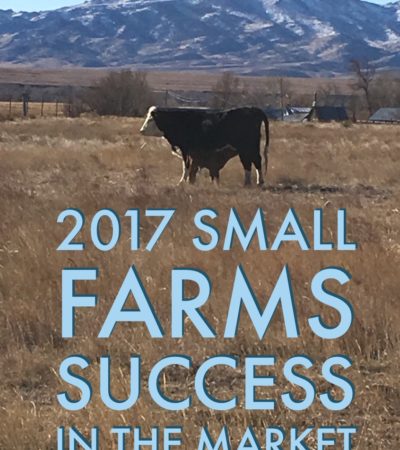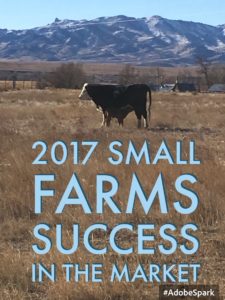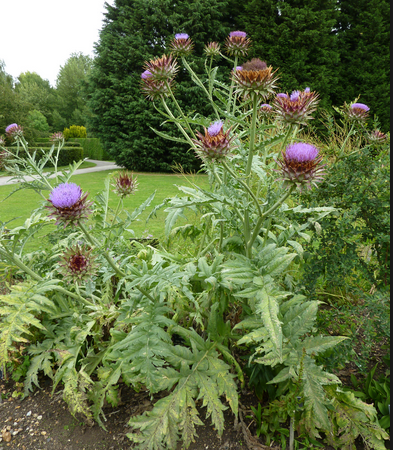
Hacking and Your Operation
So this website was hacked again last week. I spent a lot of time working to get it fixed, and finally went to Fivver and hired an expert to fix it for me as I was incredibly busy doing some other things.
Here is what I learned from this experience;
- I need to have better security on my website
- I spent several hours working on fixing it, so I wouldn’t lose all the previous content again which was a huge waste of time.
- I am not an expert in this area
- I should have kept backups of all my articles on the website…..oops often handier to just write directly in the site.
- It is better and faster to hire an expert to help you with the problem, than stumbling and bumbling along to try and do it yourself.
- Not only was it financially better for me to hire this expert, but I found that I was able to do something else with my time, and make more money than it cost me to have the expert handle it.
- This was incredibly hard for me, and my personality to admit I needed someone else to do it.
So here is what you can take away from my crappy experience to help you get to your goals. I needed help, I was in over my head, and I had two choices at the point that I finally admitted defeat. I could wipe the whole thing start over with the design, and upload all of the articles again that I had, many of which I only had on the site…big no no to have no backup. The second choice was to admit I needed an expert to fix this and allow me to focus on other things.
 Well I capitulated, and hired the expert and while he was busy doing his thing, took 3 days for him to completely fix it, I am not sure how many hours, but the price was very reasonable $16 I believe. I was able to do many other things in those 3 days that made way more money in the long run, and I am back up and running.
Well I capitulated, and hired the expert and while he was busy doing his thing, took 3 days for him to completely fix it, I am not sure how many hours, but the price was very reasonable $16 I believe. I was able to do many other things in those 3 days that made way more money in the long run, and I am back up and running.
Sometimes we get in our own way. We spend so much time thinking about how to do things ourselves, to save the actual cash that we could hire someone else to do and actually make more money, or save money….I have tried to do things myself, that actually ended up costing me way more than I would have paid if I hired someone to do it. For instance, if you need a hole dug on your farm for a pond let’s say…. you have a tractor with a loader, and a shovel so you figure…why would I pay Bob the guy down the road to dig my hole?? Well Bob could have dug your hole in maybe 3 hours with his backhoe, at a cost of around $300. You on the other hand have now spent 2 full days, and bent the axle on your tractor, while pulling it out of the hole where it slipped into while picking up that last bucket of dirt, and the repair is going to cost you $1300. See what I mean? Those two days could have been used for something productive at 1/4 the cost.
So here are a few things that I would recommend you talking to someone about that could save you literally thousands of dollars.
Farm operations….. If you are getting started, there is nothing like making sure you are not just hemorrhaging money for no reason. The guy at the farm store, or even all those book writers, are not using your checkbook. You may not need things that they say you do, or you might need to diversify in order to make your balance sheet work the whole year through.
Mechanic…. if you are not a really knowledgeable mechanic, don’t try to fix things unless it is changing a battery or a tire. Many very expensive repairs could have been avoided if people had just let a professional do it the first time. This includes small engine repairs. I totally killed our riding lawnmower because I thought I could change the carburetor. I didn’t know how bad I would mess up the timing and everything else when I did. Things are not made the way they used to be when you just had to exchange parts. Now you have computer systems that are in everything.
Account/Financial advisor …. This person knows what you can and can’t deduct. It is better to know these things in advance. You want to be sure to work with someone that can help you make sure that you have the finances and time to make money instead of figuring out how to fix it on the other end.
There are many others, including marketing, and legal help.
It is so hard for me not to be able to do something, that if I have one thing that is often my nemesis ….it is that I try to do things myself instead of getting real, professional help to save me time and money.

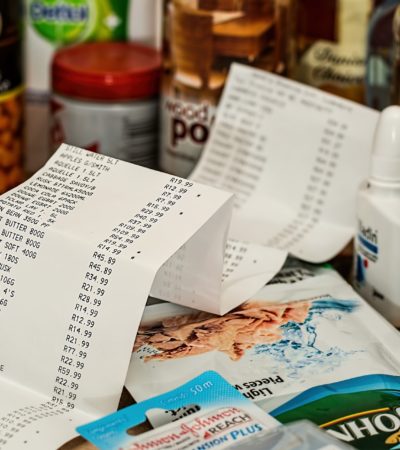

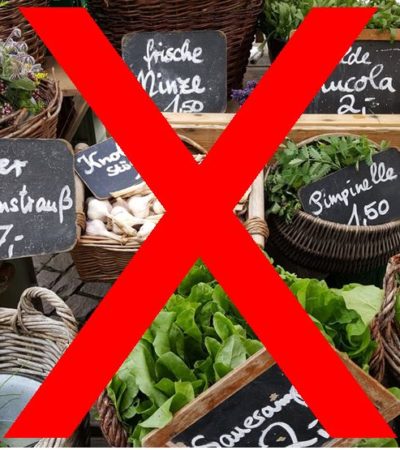
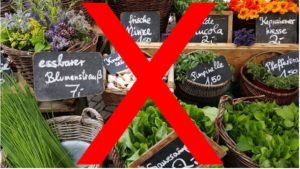
 Go Here Now!
Go Here Now!